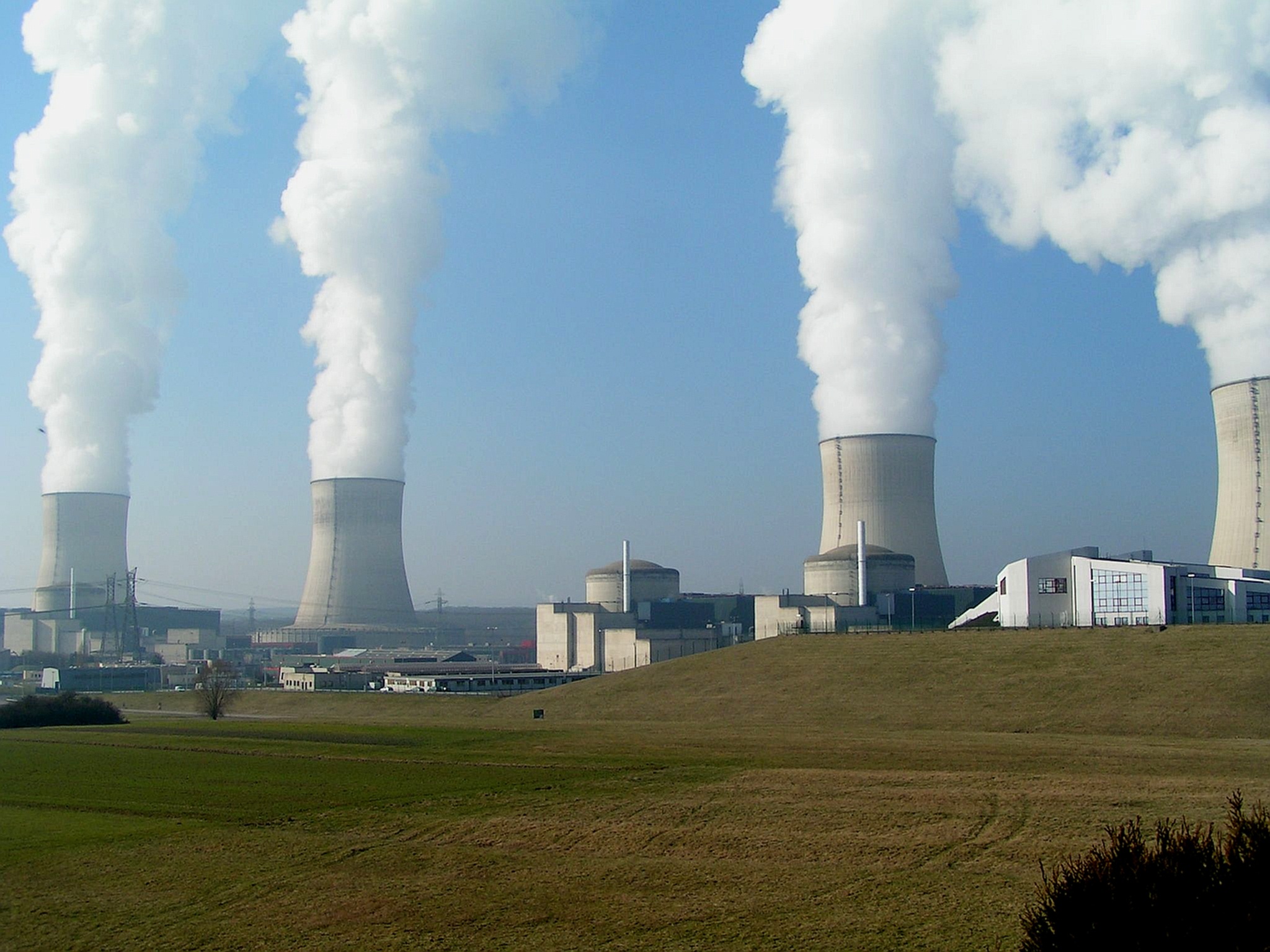Nuclear fission, the process by which an atomic nucleus splits into two or more smaller nuclei along with a release of energy, has perplexed and intrigued scientists and scholars since its discovery. The inquiry into whether this process is fundamentally electric in nature invites a closer examination of the underlying mechanisms at play, the fundamental forces involved, and the broader implications surrounding this phenomenon. On the surface, nuclear fission appears to be an interaction entrenched in nuclear physics, primarily characterized by the strong nuclear force. However, a comprehensive analysis reveals intricate connections to electromagnetic principles that merit exploration.
To appreciate the notion that nuclear fission might be fundamentally electric, one must first delineate the roles played by the fundamental forces of nature. Among these, the strong nuclear force is the dominant force governing the interactions within atomic nuclei. It binds protons and neutrons together, overcoming the repulsive electromagnetic force that arises due to the positiveness of protons. Herein lies the first intriguing observation: while strong force binds the constituents of atomic nuclei, electromagnetic interactions underpin the behavior of these particles, particularly when considering the interactions between charged particles.
At the nucleus level, protons possess an intrinsic positive charge, whereas neutrons are neutral. During fission, a heavy nucleus, such as uranium-235 or plutonium-239, absorbs a neutron, becoming increasingly unstable due to the added energy. This newly formed nucleus vibrates and stretches as it approaches the fission barrier, leading to the eventual breakdown of the nucleus into two or more fission products. Within this chaotic process, electromagnetic interactions play a crucial role. The repulsive electric forces among protons in the nucleus can intensify the instability, encouraging the fission pathway. Therefore, while the mechanics of fission are complicated and involve the strong force overwhelmingly, the influence of electric interactions remains a salient factor contributing to the phenomenon.
Moreover, the release of energy during nuclear fission can also be considered through the lens of electricity. The fission process generates an outpouring of kinetic energy as the fragments of the nucleus propel away from one another, while also emitting neutrons and gamma radiation. These emitted particles can interact with surrounding materials and generate ionization, wherein electrons are freed from atoms. This ionization cascades can result in significant energy transfer, establishing a link between the fission process and electrical phenomena. For instance, in a nuclear reactor, the energy harnessed from fission reactions is ultimately converted into electrical energy through turbines, highlighting that nuclear fission’s energy output is captured and utilized through electric means. Herein surfaces another layer of complexity: nuclear fission, although fundamentally tied to the strong nuclear force, indeed possesses considerable electric implications, particularly in its applications.
Furthermore, one must consider the broader context of electromagnetic radiation emitted during fission. The release of gamma radiation, a high-energy electromagnetic radiation, manifests as a direct result of the fission event. This radiation contributes to the energetic landscape of fission by impacting surrounding materials, which may undergo additional transformations, thus intertwining the fission process with their electromagnetic properties. The gamma rays carry energy capable of facilitating various physical and chemical changes in nearby environments, confirming that there exists a notable electro-energetic connection in the aftermath of fission, potentially recontextualizing nuclear fission itself as an event with electric character.
The interplay of fission with electromagnetism does not culminate in complexity; rather, it reverberates into contemporary discussions regarding nuclear energy and its implications for society. As nuclear power plants operate, they rely on advanced technology to convert fission-derived heat into electricity. The intricate machinery that accompanies this process epitomizes the marriage of nuclear physics and electrical engineering. Engineers utilize electromagnetic principles to ensure efficient energy transfer and to control the reaction dynamics, embodying the seamless collaboration of electric and nuclear domains in practical applications.
Additionally, the perception of fission, embedded within societal consciousness as a contentious subject, often oscillates between fear and fascination. This dichotomy is perhaps rooted in the electric nature of nuclear phenomena, as electric energy is familiar and foundational to our daily lives. It beckons deeper contemplation into the ethos of technology, safety, and stewardship as humanity grapples with the ramifications of harnessing nuclear energy. Indeed, the multifaceted relationship between electric forces and nuclear fission continues to inspire rigorous investigation and debate surrounding sustainable energy futures and their trade-offs.
In conclusion, positing nuclear fission as fundamentally electric in nature warrants a nuanced understanding of the forces at play within this atomic process. The importance of electromagnetic interactions in destabilizing and reinforcing the fission pathway cannot be dismissed. Furthermore, the implications of energy release and electromagnetism in post-fission scenarios further entwine nuclear fission with electric phenomena. Balancing strong nuclear processes with electromagnetic principles encapsulates the complexity and beauty of this scientific inquiry, revealing how deep-seated forces govern both nature’s most intricate systems and the technology we deploy to harness their potential. Consequently, the exploration of nuclear fission, through an electric prism, remains an enchanting and meaningful pursuit within the annals of physics and engineering.












